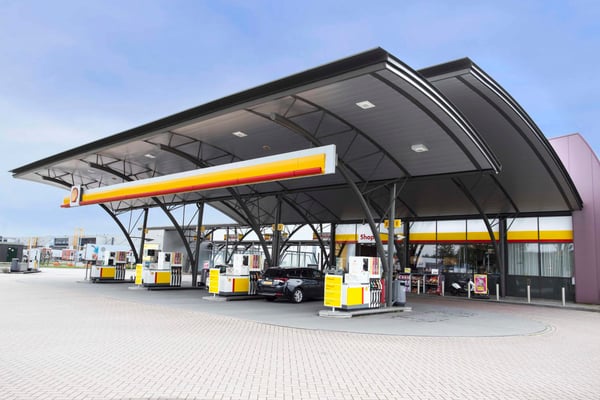In a significant move, Shell retired 20 million tonnes of carbon offsets in 2023, marking a...
EU Reaches 2040 Green Deal, Paving Way for Article 6 Credit Use
EU environment ministers have endorsed a new green framework for 2040, establishing a 90% net emissions-cut target compared to 1990 and defining how international carbon markets may support the bloc’s ambitions. The agreement, reached after nearly a full day of negotiations in Brussels, also includes a one-year postponement for the introduction of the EU’s second emissions trading system (ETS2).
 Green saplings in front of the EU HQ, with ministers gathered in the background. AI generated picture.
Green saplings in front of the EU HQ, with ministers gathered in the background. AI generated picture.
A key feature of the deal is the ceiling placed on international carbon credit use. The approved compromise text allows high-quality Article 6 credits to account for ‘up to 5% of 1990 EU net emissions’ when meeting the 2040 goal. In practice, this limits the reliance on external offsets and translates to an 85% domestic reduction requirement. While the use of these credits is set to begin in 2036, ministers agreed that a ‘pilot period… for the period 2031–2035’ may also be considered.
The agreement goes beyond the European Commission’s earlier proposal, which envisioned a smaller 3% allowance that would apply only outside the EU’s established Emissions Trading System (ETS1). With that restriction removed, the updated framework leaves room for Article 6 credits to be integrated into ETS1 after 2030—potentially easing cost pressures for sectors such as aviation, energy production, and heavy manufacturing.
Ministers also addressed the future of free allocations under ETS1. The final text notes that ‘the Commission should timely consider a slower phase out-pathway for free allocation of allowances from 2028 onwards’, hinting at further flexibility for industries facing global competition. Under current legislation, free allowances are due to be phased out entirely by 2034 as the EU’s carbon border tariff expands.
Additional leeway was granted to member states directly. According to Denmark’s climate minister Lars Aagaard, the updated clause enables countries ‘to use high-quality international credits to fulfil up to 5% of their post 2030 targets and efforts’.
Another component of the package confirms that the EU intends to include permanent domestic carbon removals within ETS1 to ‘compensate for residual hard-to-abate emissions’.
On the policy timeline, the Council approved delaying ETS2—covering road transport and building heating—until January 2028, following concerns from several member states about cost impacts and price volatility. European Commissioner Wopke Hoekstra assured ministers that the Commission will still deliver measures ‘to smooth the entry into force of ETS2’, including mechanisms to limit extreme price fluctuations.
The Council also finalised the EU’s updated Nationally Determined Contribution (NDC), setting a 66.25–72.5% emissions reduction range for 2035. While the NDC received unanimous support, the 2040 target was opposed by Hungary, Slovakia, and Poland, with Belgium and Bulgaria abstaining.
The next step lies with the European Parliament, which must adopt the text before it can be integrated into EU environmental law. The earliest possible vote is scheduled for the 13 November plenary.






